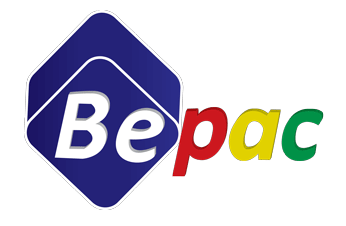Positioning is integral part of product’s marketing strategy, segmentation and targeting (STP) process.
Positioning aims to differentiate the product from other competitors and improve its perception from customer
Definition of product’s positioning?
The way the product is defined by consumers on important attributes or the place the product occupies in consumers’ minds relative to competing products.
Benefits of product’s positioning
The result of successful positioning is a distinctive brand image on which consumers rely in making product choices
What is a product positioning statement?
A positioning statement is an expression of how a product fills a particular consumer need in a way that its competitors don’t. . Having a strong positioning statement is an important aspect of marketing plan building.
To (target segment and need) our (brand) is a (concept) that (point-of-difference).
Product Positioning Strategy
To formulate a positioning strategy you must follow these steps
Step 1. Identifying possible competitive advantages, competitive differentiation.
Sources of Differentiation:
- Product Design
- Quality
- Additional Services
- Image
- People (Staff)
- Price
- Other
Step 2. Selecting the right competitive advantage: unique selling proposition (USP).
Unique Selling Proposition USP
Positioning a product or service gives it a USP (Unique selling proposition). A USP is an attractive feature or characteristic of a brand that differentiates it from similar alternatives.
The best competitive advantages are…
- Important
- Distinctive
- Superior
- Communicable
- Pre-emptive
- Affordable (to company and consumer)
- Profitable
Points-of-difference (PODs) are attributes or benefits that consumers strongly associate with a brand, positively evaluate, and believe they could not find to
the same extent with a competitive brand.
Criteria determine whether a brand association can truly function as a point-of-difference desirability, deliverability, and differentiability like
- Desirable to consumer (personally relevant)
- Deliverable by the company (match with resources)
- Differentiating from competitors.
Points-of-parity (POPs) are attribute or benefit associations that are not necessarily unique to the brand but may in fact be shared with other brands.
Competitive points-of-parity are associations designed to overcome perceived weaknesses of the brand. A competitive point-of-parity may be required to either 1. Negate competitors’ perceived points-of-difference.
- Negate a perceived vulnerability of the brand as a result of its own points-of-difference.
Different ways of positioning:
You can choose from those points
- Product: benefits offered, attribute, class, occasion
- Customer: class and type
- Competitor: Against or far away
Positioning ways in pharmaceutical brands
- Company Image
- Disease Entity
- Chemical Class
- Mode of Action
- Pharmacology
- Clinical Efficacy
- Tolerability & Safety
- Comparative Data
- Competitive Data
- Health Economics
Step 3. Communicating and delivering the chosen position.
This step means you must design your promotional program to serve your positioning strategy. Delivering effective product’s message and differentiation.
Step 4. Support the positioning strategy with a unique marketing mix
Each element of 4ps must serve brand positioning, price, packing, way of promotion, distribution and even product design must help in brand image

